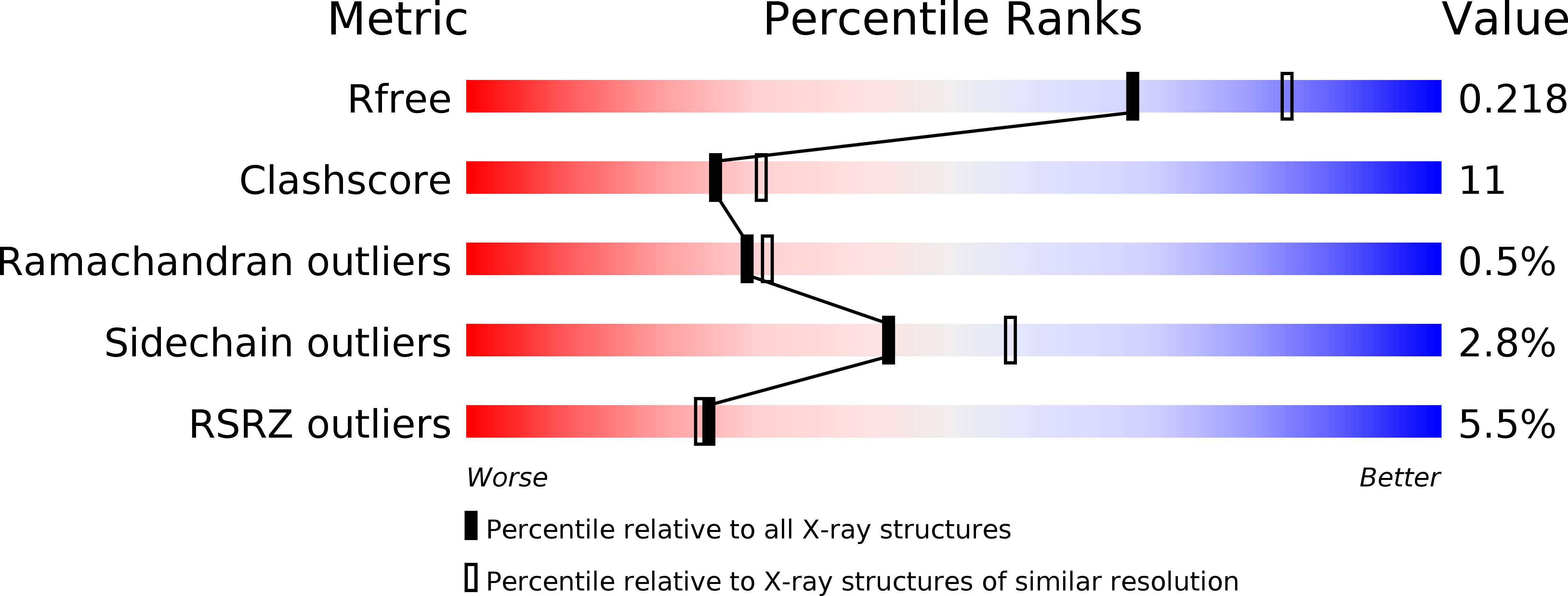
Deposition Date
2003-05-30
Release Date
2003-08-05
Last Version Date
2024-02-14
Entry Detail
PDB ID:
1PIX
Keywords:
Title:
Crystal structure of the carboxyltransferase subunit of the bacterial ion pump glutaconyl-coenzyme A decarboxylase
Biological Source:
Source Organism:
Acidaminococcus fermentans (Taxon ID: 905)
Host Organism:
Method Details:
Experimental Method:
Resolution:
2.20 Å
R-Value Free:
0.22
R-Value Work:
0.20
Space Group:
P 41 21 2


